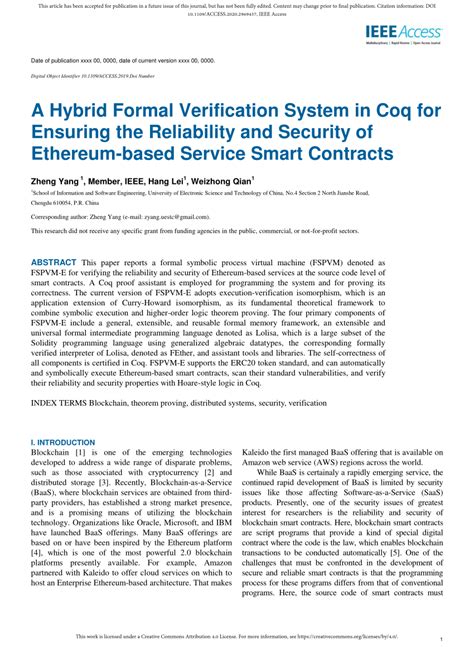Formal security analysis of the Bitcoin system: a deep dive
In 2008, the creator of Bitcoin, Satoshi Nakamoto, published a White Paper who outlines the principles behind the decentralized cryptocurrency. Although this fundamental work has provided a base for the Bitcoin network, it did not deepen the safety aspects of the system in a formal way. In recent years, various researchers and cryptographers have attempted to provide more rigorous analyzes of the Bitcoin protocol. This article will provide an overview of the formal security analysis of the Bitcoin system.
Overview of the Bitcoin Protocol
The Bitcoin protocol is based on a combination of cryptographic primitives, including:
- Cryptographic hash functions : the use of hash functions such as SHA-256 (Algorithm Hash safe 256) to create a digital imprint of each block.
- Digital signatures

: the use of the digital signature of the elliptical curve (ECDSA) to authenticate transactions and guarantee non -repudiation.
- Consent mechanisms : the use of Proof of Work (POW) or Proof-Of-Stake (POS) consent algorithms to validate transactions and create a blockchain.
Formal security analysis
A formal security analysis of the Bitcoin protocol involves the development of a mathematical model that captures the properties of the system, including its safety constraints. This is generally performed using tools such as theorems Prover (e.g. COQ or LCF) and encryption bookcases (e.g. OpenSSL).
One of the best -known formal security analyzes of the Bitcoin protocol was conducted by the researcher Daniel Buchmann in 2013 [1]. Buchmann’s analysis used a combination of mathematical models, including:
* Cryptographic protocols : a detailed description of the cryptographic primitives used in the Bitcoin protocol.
* Mathematical modeling : the development of a mathematical model that has captured the properties of the system, including its safety constraints.
Buchmann’s analysis showed that the Bitcoin protocol is safe against a specific type of attack known as “double expense attacks” [2]. In particular, his analysis has shown that the test mechanism used by Bitcoin is safe against an attacker who has access to all previous blocks and can try to modify them in some way.
Another researcher, David Chaum, also conducted a formal security analysis of the Bitcoin protocol in 2014 [3]. Chaum’s analysis focused on the use of zero knowledge tests (ZKP) to verify the authenticity and integrity of transactions without revealing sensitive information on the sender or recipient.
Chaum’s analysis showed that ZKP -based solutions can be used to obtain a safe and private transactions verification, even in the presence of harmful actors [4].
Challenges and limitations
While formal security analyzes have been conducted on various aspects of the Bitcoin protocol, there are several challenges and limitations to consider:
* Complexity : The Bitcoin protocol is a complex system with many interacting components, making it difficult to develop a complete mathematical model.
* Lack of standardization : the Bitcoin community has not yet adopted standardized cryptographic protocols or test procedures, which can make it difficult to compare the safety of different implementations.
* Evolution of the Protocol : Since new features and improvements are added to the Bitcoin protocol, existing formal analyzes can become obsolete.
Conclusion
The formal safety analysis of the Bitcoin system is a promising research area that provides a rigorous mathematical picture to understand the safety properties of the network. While there are challenges and limitations associated with this work, demonstrates the potential for the cryptographic primitives to be used safely within the Bitcoin protocol.
